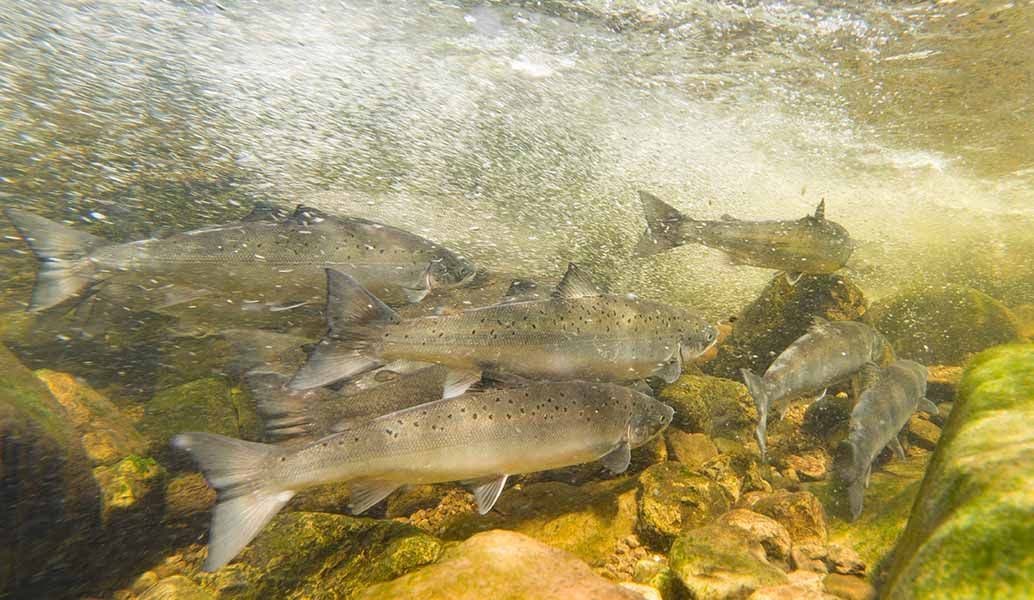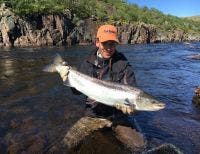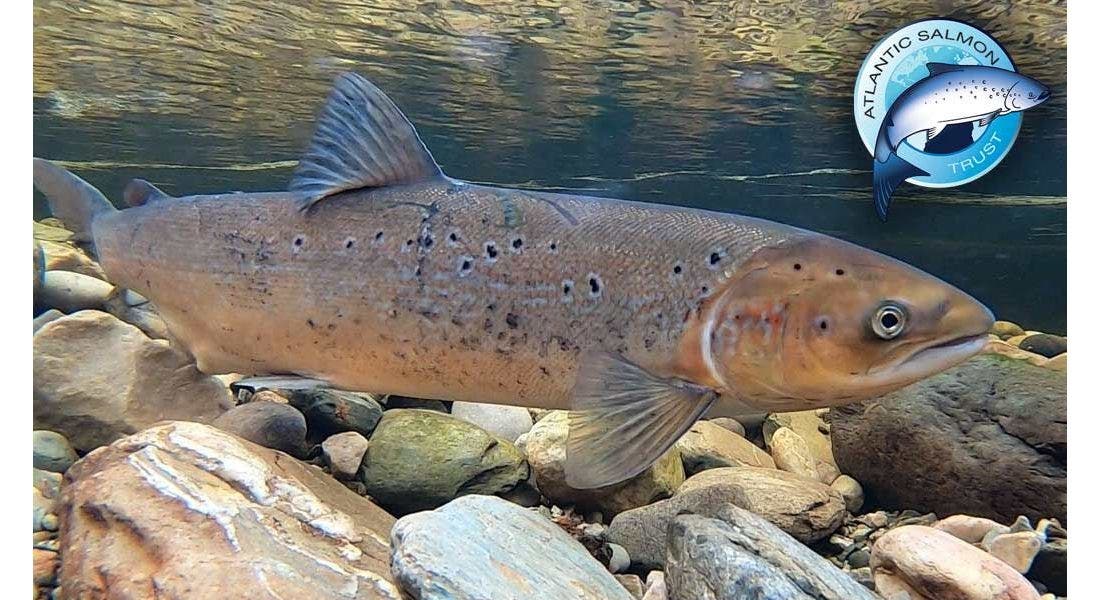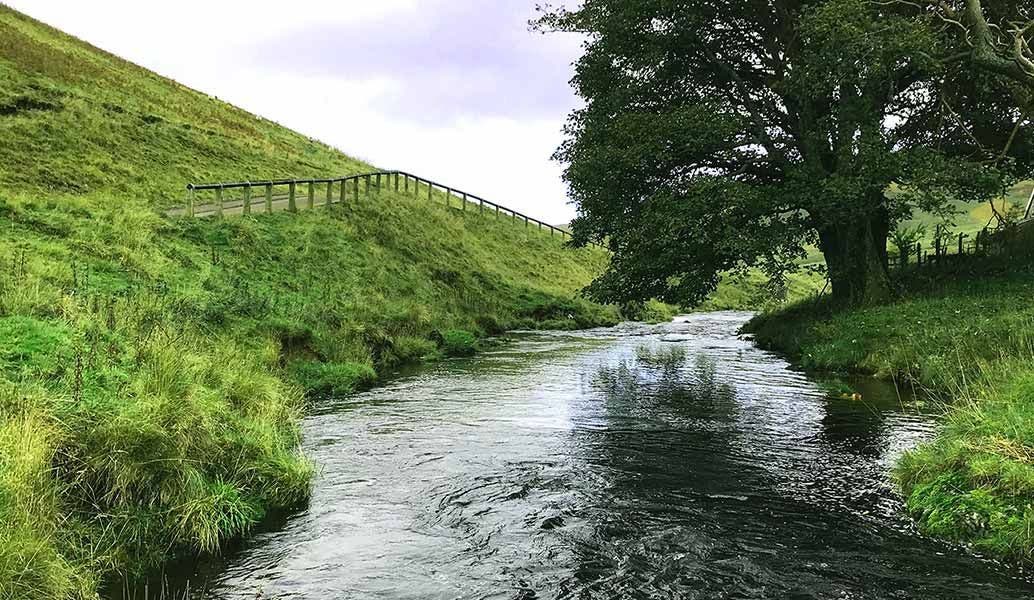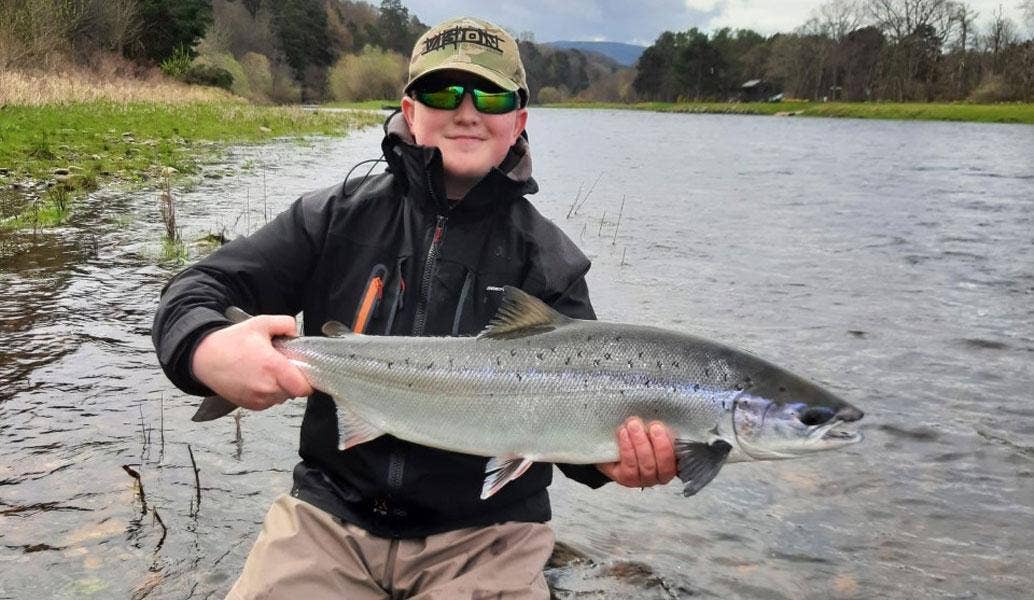Jonathon Muir, Head of Communications at the Atlantic Salmon Trust, takes a closer look into why it's important what we do in both freshwater and saltwater environments. (Hero Image credit: Richard Davies)
DECLINING ATLANTIC SALMON MARINE SURVIVAL RATE
The team of researchers working on behalf of the Missing Salmon Alliance published a fascinating paper recently, offering up a clue as to why the marine survival rate of wild Atlantic salmon has decreased so markedly in recent decades – this being regarded as the main driving factor behind wild Atlantic salmon decline. The paper has mapped the decline in zooplankton abundance around western Europe since 1958 - zooplankton being a critical part of the marine food chain and for the fish such as sandeel and blue whiting that young wild salmon rely on for prey when first entering the sea.


The study found that:
‘zooplankton prey energy has significantly and dramatically declined over much of the northeast Atlantic, and specifically within key salmon migration domains, over the past 60 years.’
The reasons for this decline are thought to be driven by a changing climate and sea temperatures and upcoming papers in the series will look more closely at this link. While this isn’t the whole answer to why wild Atlantic salmon are having a tougher time at sea compared to in the past, it does add to our understanding about the challenges our young fish face at sea and, strangely, why working in our freshwater environment is so important.


You can view the full paper here: New Missing Salmon Alliance paper brings us closer to understanding the decline in marine survival of wild Atlantic salmon
A FRESHWATER HEADSTART
We know that fitter and healthier wild salmon smolts (young salmon on their outward migration to sea) survive better at sea and more of them return home as adults. To think of it in simple terms, if they’re heading out to a place where we know food is scarcer or its location has moved further away, they’ll tackle this challenge far better if they start off with good muscle mass, strong energy reserves and a full belly. That’s why what happens in freshwater is vitally important to the overall wild salmon journey.


COLD, CLEAN WATER
So what can we do in the freshwater environment to give them that great start in life? Our young wild salmon need cold, clean water, free from point source and diffuse pollution, with sufficient food availability to help them grow fit and healthy in advance of their ocean journey.
They also need free access to their waterways to allow both the upstream and downstream movement of fish so they can utilise different zones during different lifestages. They need free-flowing rivers where water can move both downstream and across natural flood plains and riverside zones. They need structural instream habitat and dappled shade above complex and wide riverside zones for thermal refuge to help keep the water in the temperature range for optimal growth. They also need habitat features to provide protection from predators.
On top of all this, we must also push for robust regulation of activities such as aquaculture and marine developments in the near coastal environment, to protect juvenile salmon during the early phase of their marine migration.


HOW ANGLERS CAN PLAY THEIR PART
In all these important areas, salmon fishing anglers can play their part. At the highest level, this means supporting NGOs working to protect and restore our freshwater environment, whether through research, advocacy or campaigning. But it also means we can all do our bit on an individual level. Leave no trace, pick up that litter, report that pollution spill, and encourage fishery managers and angling clubs to think about leaving wilder areas along riverbanks where vegetation can grow, the water can be kept cool with shade, and insects (salmon food!) can thrive. This might also mean resisting the temptation to pull out that fallen tree because it looks untidy, and instead embracing how natural processes and complex instream habitat is a wonderful gift to give our young salmon to help them prepare for their ocean migration.
The challenge at sea for our wild salmon is great, but good deeds in freshwater will all add up.
In December 2023 wild Atlantic salmon in Great Britain were moved to the “Endangered” list of species by the IUCN, meaning they are threatened with extinction. You can support and donate online.

